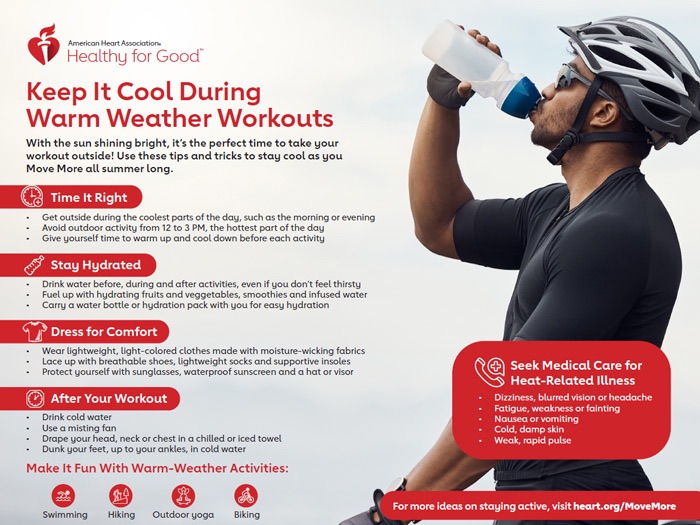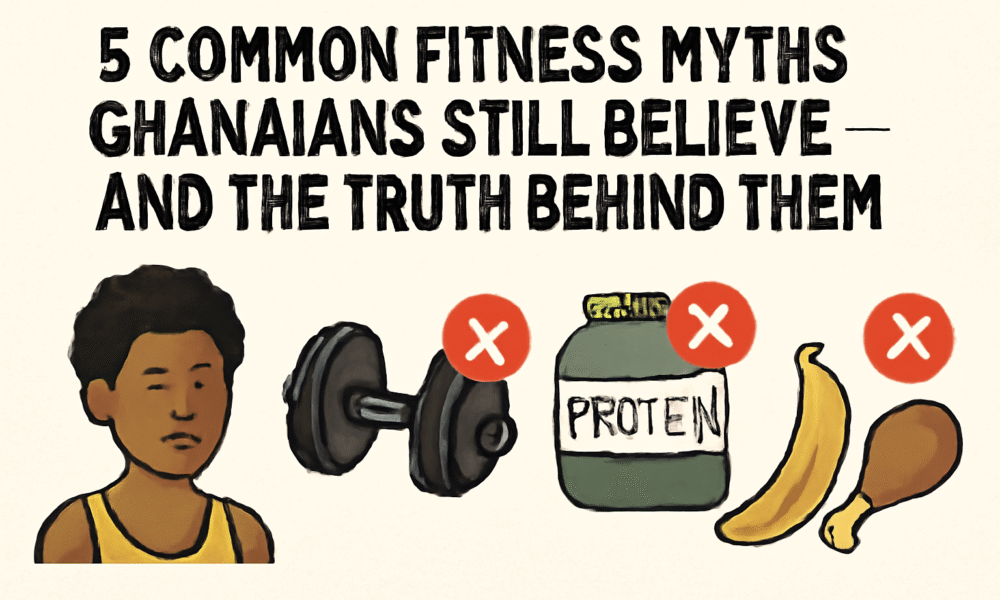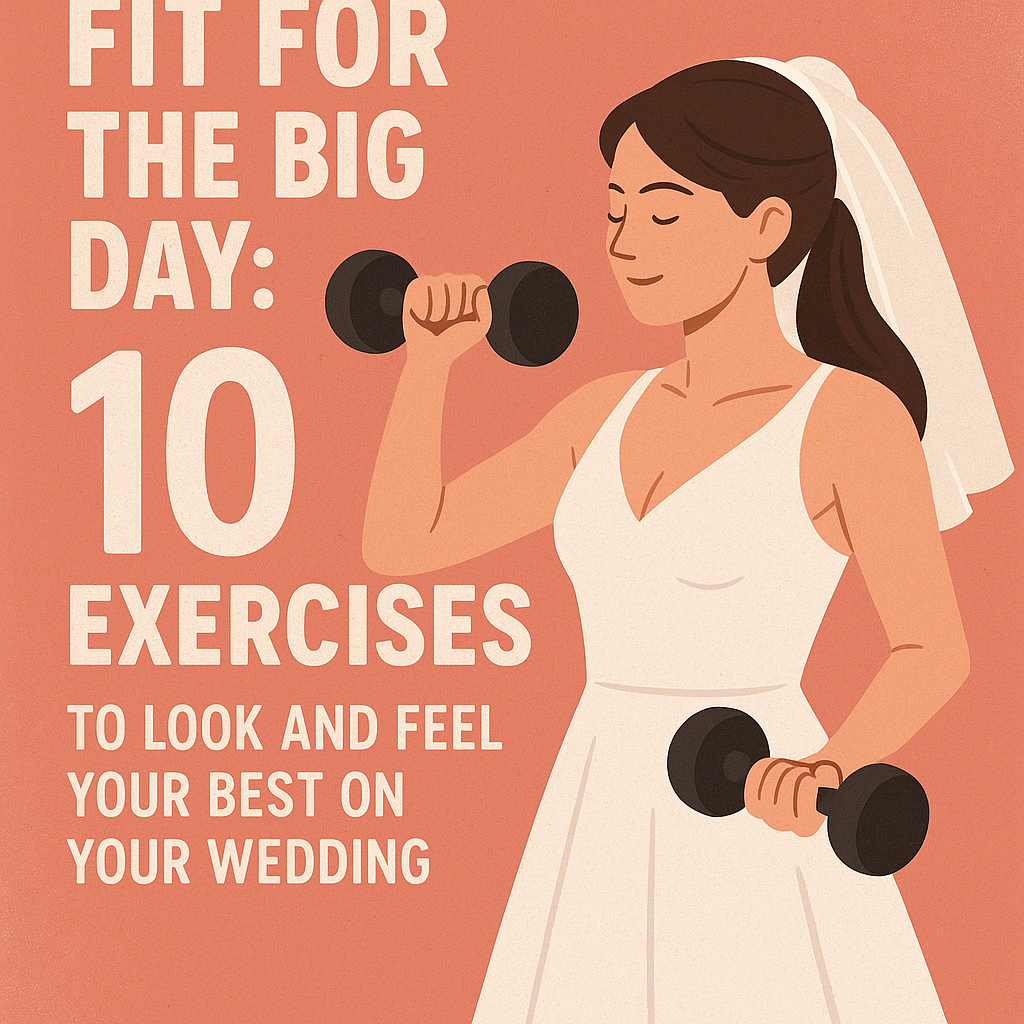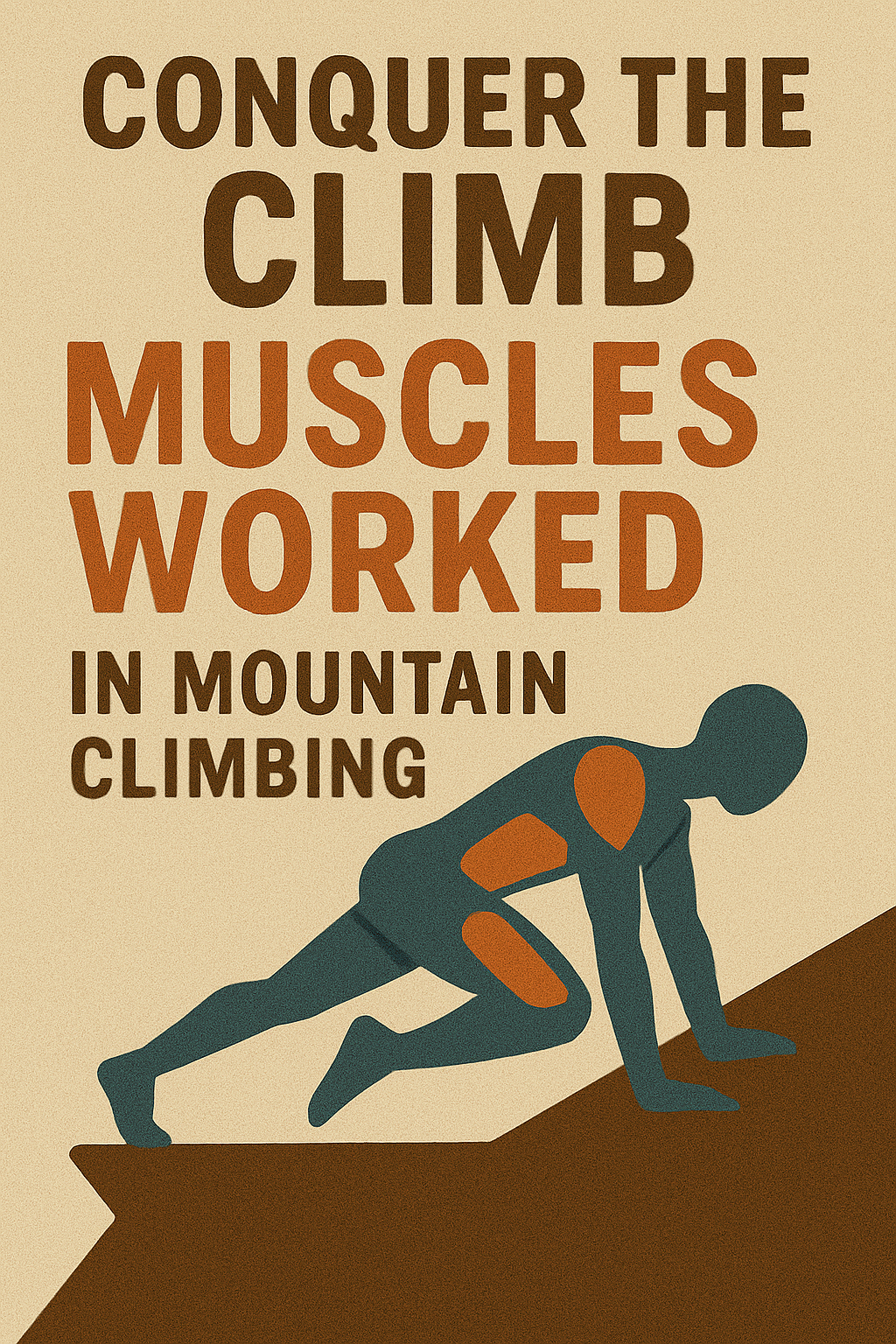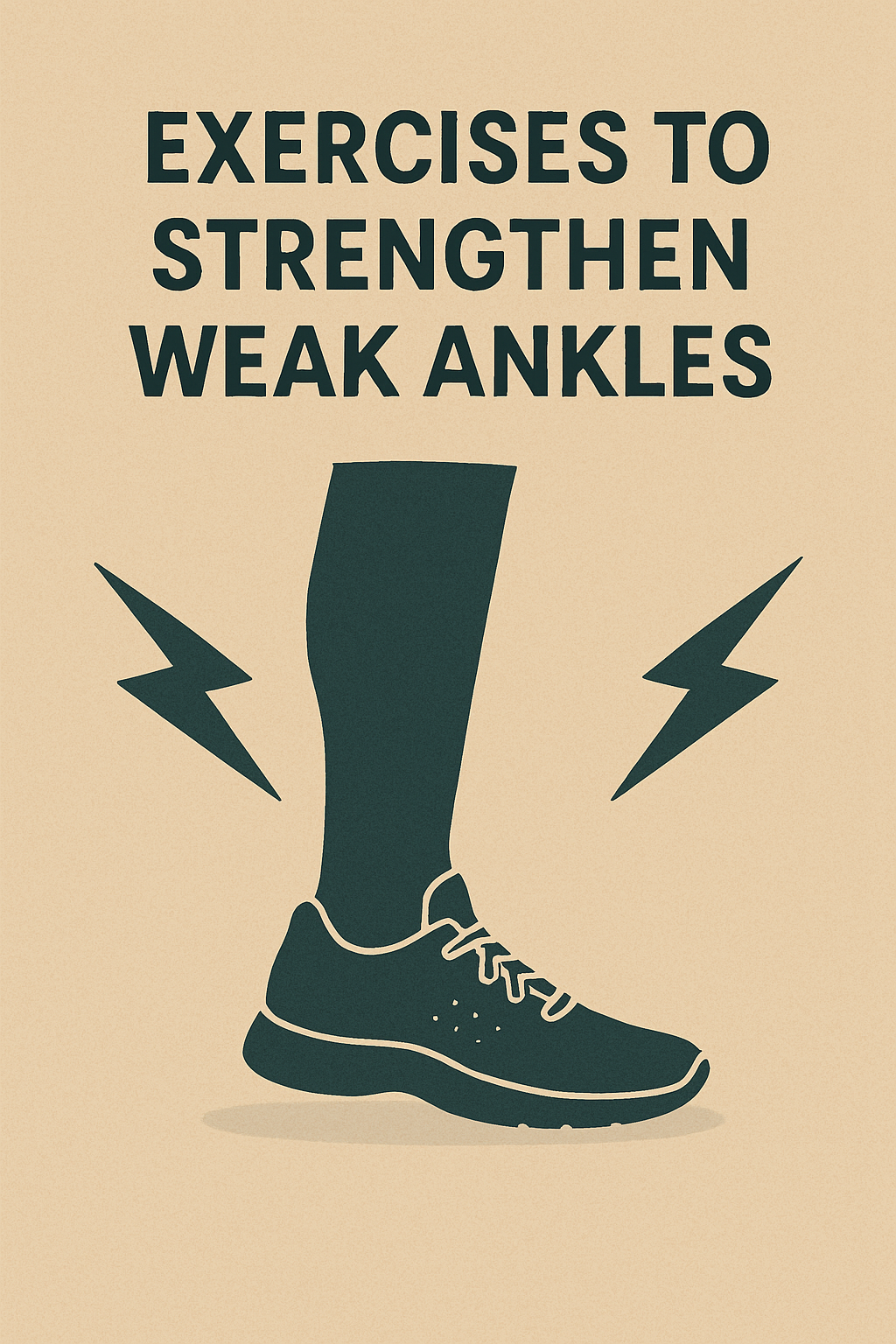Introduction
Hot weather can be both a blessing and a challenge when it comes to exercise. The sun’s rays might provide the perfect backdrop for outdoor activities, but the rising temperatures can make it hard to stay motivated and safe while working out. Dehydration, fatigue, and the risk of heat-related illnesses can deter even the most dedicated fitness enthusiasts from staying active during the summer months.
However, it’s important to remember that exercising in the heat doesn’t have to derail your fitness goals. In fact, it can be an excellent opportunity to push your endurance and adapt to new training conditions. Staying motivated to exercise in hot weather is all about finding the right strategies to stay cool, safe, and energized, without compromising your workout routine.
In this blog post, we will explore practical tips and strategies that will help you stay motivated, safe, and energized while working out in hot weather. Let’s dive into how you can continue achieving your fitness goals during the scorching heat.
The Challenges of Exercising in Hot Weather
Exercising in high temperatures presents several challenges, both physical and psychological. Understanding these challenges can help you better prepare and adapt your workouts to the heat.
1. Increased Fatigue
Heat can cause your body to work harder to regulate its internal temperature, which leads to quicker exhaustion. As your body sweats more to cool down, you lose energy faster, which makes workouts feel more taxing.
2. Dehydration Risk
Hot weather significantly increases the risk of dehydration. When exercising in the heat, you lose fluids through sweat at a faster rate, which can affect your performance, endurance, and recovery. Dehydration can lead to muscle cramps, dizziness, and fatigue, making it harder to complete your workouts effectively.
3. Heat Exhaustion and Heatstroke
Excessive heat can lead to heat exhaustion or, in extreme cases, heatstroke. These conditions are caused by prolonged exposure to high temperatures and can be dangerous if not addressed promptly. Symptoms like dizziness, nausea, and confusion can indicate that your body is overheating.
4. Psychological Impact
The intense heat can make exercising feel more difficult and draining, which can lower motivation. The mental barrier of dealing with discomfort and sweating during every workout can make it challenging to stay committed.
Why You Should Continue Exercising in Hot Weather
Despite these challenges, there are numerous benefits to exercising in hot weather:
1. Fitness Benefits
Working out in the heat can improve your cardiovascular fitness by making your heart work harder to pump blood to your muscles. This increased demand helps your body adapt and improve endurance over time. Additionally, training in hot weather can help build mental toughness, as it requires persistence and resilience to push through the discomfort.
2. Adaptation to Heat
Regular exercise in the heat allows your body to adapt, improving its ability to handle high temperatures. This can increase your stamina and make it easier to exercise in warmer climates, whether it’s at home, on vacation, or in outdoor settings.
3. Boosted Mental Health
Exercise, regardless of the temperature, is great for mental health. In the heat, your body releases endorphins—also known as “feel-good hormones”—which help improve mood and reduce stress. Despite the initial discomfort, pushing through a workout in hot weather can leave you feeling accomplished and more positive.
How to Stay Motivated to Exercise in Hot Weather
Exercising in hot weather can be tough, but there are several strategies you can implement to make it easier and more enjoyable. Here are practical tips to help you stay motivated:
1. Choose the Right Time of Day for Exercise
Timing is key when exercising in hot weather. Exercising during the hottest part of the day (typically between 10 AM and 4 PM) can lead to overheating and fatigue.
• Morning Workouts: Early mornings are often cooler, making them the best time to exercise. You can enjoy a peaceful workout without the intense heat, and it leaves you with a sense of accomplishment for the rest of the day.
• Evening Workouts: Evening workouts, after the sun has set, are another great option. The temperature tends to drop, allowing you to exercise in a more comfortable setting.
• Avoid Peak Heat Hours: Plan your workouts around the peak heat hours to ensure your body can stay cool and avoid overheating.
2. Dress Appropriately for Hot Weather
What you wear during a workout can significantly impact how comfortable and cool you feel in the heat.
• Light and Breathable Clothing: Choose lightweight, moisture-wicking fabrics to help keep sweat away from your skin. Lighter colors reflect heat, while darker colors absorb it, so opt for white or light-colored clothing.
• Protective Gear: Wear a wide-brimmed hat and sunglasses to shield your face from the sun. Don’t forget sunscreen to prevent sunburn and protect your skin.
• Footwear: Choose breathable and comfortable shoes that provide adequate support during workouts.
3. Stay Hydrated Before, During, and After Exercise
Dehydration is a major concern when exercising in hot weather, so it’s crucial to stay on top of your fluid intake.
• Pre-Hydration: Drink water before your workout to ensure your body starts off well-hydrated.
• Hydration During Workouts: Sip water regularly during exercise to replace fluids lost through sweat. Avoid drinking large amounts at once—small, frequent sips are best.
• Rehydration After Exercise: After your workout, replenish fluids and electrolytes by drinking water or beverages like coconut water or sports drinks.
4. Adapt Your Workout Intensity
The heat can make your body work harder than usual, so it’s important to adjust your workout intensity accordingly.
• Reduce Intensity: Lower the intensity of your workout if you feel yourself overheating. Focus on lighter, more manageable exercises, like walking or stretching.
• Incorporate Rest Breaks: Take short breaks during your workout to rest and cool down. Allowing your body to recover temporarily will help prevent exhaustion.
• Low-Impact Workouts: Consider low-impact exercises like swimming, yoga, or cycling that are easier on your body and less likely to cause overheating.
5. Focus on Shorter, More Frequent Sessions
In hot weather, it may be better to break up your workouts into shorter, more frequent sessions rather than one long workout. This approach can help you stay energized and maintain motivation, especially if you feel the heat taking a toll.
• Split Workouts: You can break your workout into two or more smaller sessions throughout the day, such as a morning walk and an evening swim.
• Consistency Over Duration: Aim for consistent, short sessions instead of pushing yourself to complete lengthy workouts. This can help prevent burnout and keep your motivation high.
6. Exercise Indoors or in Air-Conditioned Spaces
If the outdoor heat is unbearable, consider taking your workout indoors.
• Indoor Workouts: There are plenty of effective indoor exercises you can do in the comfort of your home, such as bodyweight workouts, yoga, or using gym equipment like a treadmill or stationary bike.
• Gym Alternatives: Many gyms offer air-conditioned spaces that allow you to exercise in a comfortable environment. Indoor swimming pools are also a great way to stay cool while working out.
7. Use Cooling Strategies During Exercise
Cooling down during your workout can make a significant difference in how comfortable you feel.
• Cooling Towels and Sprays: Use cooling towels, face cloths, or sprays to help regulate your body temperature during breaks.
• Cold Showers or Ice Packs: Take a cold shower or apply ice packs to areas like your neck or wrists to quickly lower your body temperature.
• Portable Fans or Mist Fans: If you’re exercising outdoors, a portable fan or misting fan can help cool you down in between exercises.
8. Set Realistic Goals and Celebrate Small Wins
Working out in the heat can be more difficult than exercising in cooler conditions, so it’s important to set achievable goals.
• Breaking Down Goals: Focus on smaller, attainable goals, such as completing a 20-minute walk or doing 10 minutes of yoga.
• Celebrating Achievements: Celebrate your commitment to staying active in the heat. Recognize your effort, even if it’s just completing a short workout.
• Tracking Progress: Use a fitness app or journal to track your workouts, making sure to acknowledge the small wins along the way.
Safety Tips for Exercising in Hot Weather
While staying motivated to exercise in the heat is important, it’s equally crucial to prioritize safety.
• Recognize the Signs of Overheating: Dizziness, nausea, excessive sweating, and confusion are signs that you may be overheating. If you feel any of these symptoms, stop exercising immediately and cool down.
• Know Your Limits: Always listen to your body. If you feel tired or overheated, it’s okay to take a break or adjust your workout.
• Cool Down Properly: After a hot workout, make sure to cool down gradually to prevent muscle strain and help your body return to normal temperature.
Conclusion
Exercising in hot weather may seem like a daunting task, but with the right strategies, it can be just as rewarding and beneficial as exercising in cooler conditions. From choosing the best time to work out to staying hydrated and using cooling methods, these tips will help you stay motivated and safe while achieving your fitness goals.
Remember, the heat is only a temporary barrier to success, and with the right mindset and planning, you can continue making progress in your fitness journey. Stay cool, stay safe, and keep moving forward!
